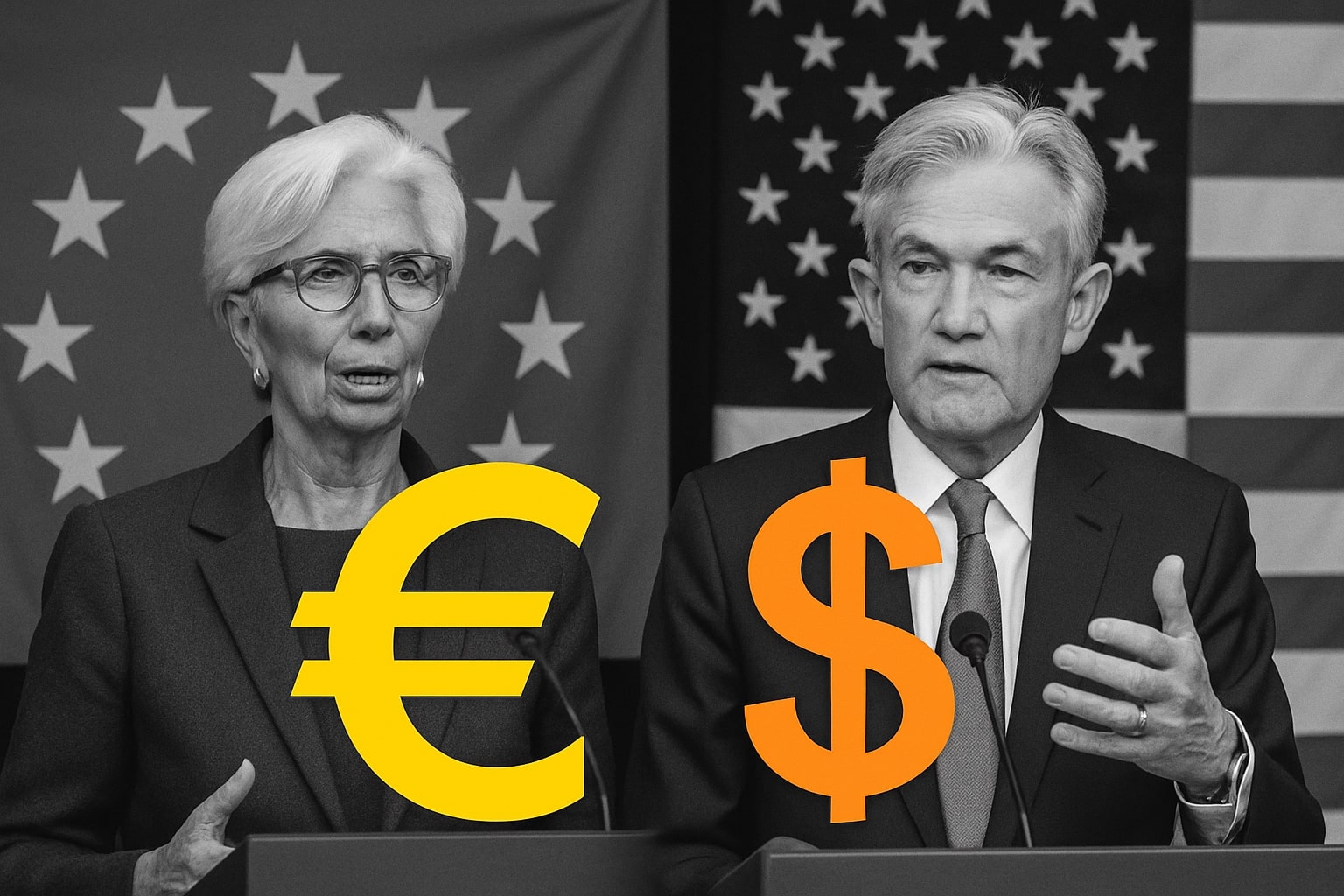Macro Divergence: Yen Benefiting from Fed-BoJ Policy Gap Narrowing
The broader macro divergence narrative remains the dominant driver. For nearly two years, the Fed’s rapid tightening cycle left Japan’s near-zero rates far behind, propelling USD/JPY from 115 in early 2022 to above 150 in 2024. That differential, now narrowing for the first time in the cycle, is reshaping currency flows. Analysts at Nomura and Goldman Sachs note that each 25-basis-point narrowing in yield spread historically results in a 1.2–1.5% drop in USD/JPY, implying that the current trajectory could drag the pair toward 145.00 by November if Fed easing continues. However, Japan’s current account surplus of ¥2.9 trillion and robust export growth in semiconductors and autos continue to provide underlying yen demand even amid short-term volatility.
Energy and Commodity Impacts: Crude and LNG Pricing Feed Into FX
Japan’s heavy dependence on imported energy remains a persistent drag on the yen’s fundamentals. Brent crude (BZ=F) trading near $64.50/barrel and LNG contracts above $14/MMBtu raise Japan’s import bill, historically leading to yen outflows during energy price spikes. Yet, the recent drop in both oil and natural gas prices has eased this burden, reducing monthly import costs by an estimated ¥1.1 trillion compared to Q1 2025 levels. This shift partially offsets trade balance risks and supports the yen’s recovery, particularly as Japan’s exporters repatriate profits ahead of fiscal year-end settlements in March 2026.
Market Sentiment: Hedge Funds Trim Long Dollar Positions
Currency funds are reducing their exposure to the dollar after months of dominance. According to IMM positioning, net dollar longs against the yen have fallen by 36,000 contracts, the sharpest three-week drop since mid-2023. The market’s sentiment tilt is increasingly cautious, as investors hedge against a potential BoJ policy surprise. Tokyo’s Ministry of Finance has also been actively monitoring currency fluctuations, with Vice Minister Masato Kanda reiterating readiness to “respond decisively” to speculative moves if volatility threatens financial stability. Verbal interventions alone have been sufficient to slow yen depreciation since last quarter, reinforcing 150.00 as a psychological ceiling.
Forward Outlook: Election Risk, Fed Pivot, and Technical Compression
Heading into Q4, USD/JPY faces a three-dimensional risk set: (1) Fed easing trajectory versus inflation persistence, (2) BoJ’s policy recalibration window ahead of 2026, and (3) Japan’s domestic political reshuffle. The cross is likely to remain range-bound between 145.00 and 149.50 in October unless a decisive macro catalyst breaks the current volatility compression. Traders continue to watch Friday’s U.S. Nonfarm Payrolls and next week’s FOMC minutes, both pivotal for confirming the Fed’s dovish tilt.
Verdict: Neutral-to-Bearish Bias — Hold Below 149.00
With structural forces beginning to favor yen strength, the short-term tone on USD/JPY (USDJPY=X) remains neutral to bearish. The pair is likely to test 146.00–145.00 before finding stabilization. A sustained rebound is unlikely until the Fed signals a pause in its rate-cut rhetoric or the BoJ reaffirms dovish commitment. For now, the trade setup supports Hold below 149.00, with downside risk toward 145.20 if macro divergence continues to tighten into November.




















